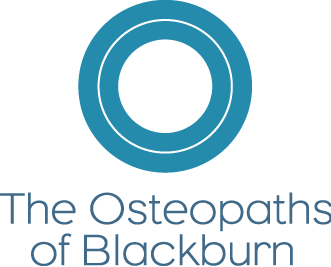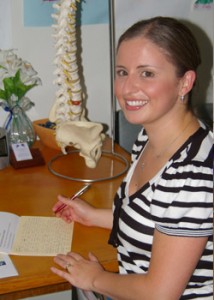Back To School – New School Shoes
Well, it’s getting close to the end of school holidays and so the “back to school” preparation begins. It’s time to buy school bags, stationery, uniforms and of course, school shoes. People often ask us about buying the correct footwear for children, so read on if you’d like to know more.
There are 26 bones in each foot, and these 52 bones in the feet make up one quarter of the total bones in the human body. There are 33 joints and over 100 muscles, tendons and ligaments in each foot which work together to provide the body with support, balance and mobility. A good fitting shoe should be stable with good cushioning, providing internal and external support to the foot and ankle.
By the time a child has reached 12 years of age, their feet will have reached about 90 per cent of their adult length, so it’s important that good footwear is worn from early childhood to help prevent any foot problems. While some foot problems can be inherited from parents, incorrect footwear can aggravate foot conditions and set up foot and toe deformities that can last a lifetime. Some examples of these conditions are bunions, ingrown toenails, bruised toenails, blisters and corns.
Shoes have to be well fitting, as children’s feet grow rapidly, and school kids spend lots of time being active. Firstly, it’s a good idea to check with the school for any shoe requirements such as style (lace up, buckle or Velcro) and colour. Slips ons are not recommended as they aren’t adjustable and so often don’t fit properly. As a general rule, a sturdy, chunky shoe may look like a good idea, as active kids can wear out their shoes quickly, but they may be too heavy and so it is better to opt for a more light weight, flexible shoe that is more natural to walk in.
I always recommend people go to a place where you can get the shoes fitted properly, and at a time when it’s not too busy so your child has the opportunity to walk around wearing the shoes in the store and you can get the assistance required without feeling rushed. Try on a few pairs if necessary. A professionally trained fitter in a shoe store can measure your child’s feet, (best to have both of them measured, as one can be longer or wider than the other), and select the right shoes for your child. Shoes need to fit their feet now, so don’t be tempted to buy them bigger so they can grow into them, as an unsupported foot in a big shoe can lead to injury if the child ends up falling or rolling their ankle. They need to be snug enough to avoid slipping off, but loose enough to ensure unrestricted movement when walking.
A professional fitter will do the work for you, and a good shoe store will stock shoes in a variety of widths and in whole and half sizes, but here’s a few things you should look for in a quality, good fitting shoe:
- The sole of the shoe should be straight and should not twist, and have a good shock absorbing midsole.
- The heel should not be over 2cm high, and the back of the shoe should be firm and supportive
- The shoe should not bend in the middle, but should bend at the ball of the foot, where flexibility is needed.
- The upper parts of the shoe should be made from leather and lined with breathable materials
- If the shoe you are buying has laces, check lace up techniques with the fitter, as that can alter the fit of the shoe
- There should be approximately a finger’s width between the end of the longest toe and the end of the shoe. Your child should be able to wiggle their toes within the shoes and there should be no bulges from the toes on either side of the shoe
- The heel should be snug but comfortable within the shoe, and the back part of the shoe strong and stable. The fastening mechanism (laces, buckle or Velcro) should hold the foot firmly in the heel of the shoe
Don’t be tempted to let your child wear a hand me down, as a second hand shoe will most likely not fit your child properly, be worn down and have very little support. Good quality shoes can be expensive, and when it comes to school shoes, new is best. Children will spend around 30 hours a week in their school shoes, and that adds up to quite a lot over their school years, so it’s crucial that they are fitted properly.
Finally, don’t forget that some pain in the foot and heel can be from common conditions that affect children, so don’t hesitate to chat to us if your kids are complaining of any heel, foot, knee or leg pain or “growing pains” or if you have any questions.

